I have table with departments. I need to count how many people are within which dept. This is easily done by
SELECT DEPT,
COUNT(*) as 'Total'
FROM SR
GROUP BY DEPT;
Now I need to also do cumulative count as below:

I have found some SQL to count running total, but not case like this one. Could you provide me some advice in this case, please?